Related Research Articles
In Inuit religion, Adlivun are the spirits of the departed who reside in the underworld, and by extension the underworld itself, located beneath the land and the sea. The souls are purified there, in preparation for the travel to the Land of the Moon, where they find eternal rest and peace. Sedna, Torngarsuk and the tornat and tupilaq live in Adlivun, which is usually described as a frozen wasteland. Sedna is the ruler of the land, and is said to imprison the souls of the living as part of the preparation for the next stage of their journey.
Prochetodon is a genus of mammals from the extinct order Multituberculata. It lived during the Upper Paleocene and the Lower Eocene in North America. The genus was formally named by G. L. Jepsen in 1940.
Ceaușescu or Ceausescu likely derives from the Turkish word Çavuş, meaning "messenger" or the military rank of sergeant in the Ottoman and Turkish armies. In modern usage, it most often refers to Nicolae Ceaușescu, the last Communist leader of Romania, but it may also refer to:

Pes cavus, also known as high arch, is a human foot type in which the sole of the foot is distinctly hollow when bearing weight. That is, there is a fixed plantar flexion of the foot. A high arch is the opposite of a flat foot and is somewhat less common.
Michael Sergio is an actor who parachuted into Shea Stadium during Game 6 of the 1986 World Series, wearing a sign proclaiming "Go Mets". Immediately arrested, Sergio spent a short time in jail because he would not reveal the name of the pilot who flew him over Queens that evening. Senator Al D'Amato later intervened on his behalf, and Sergio was released.
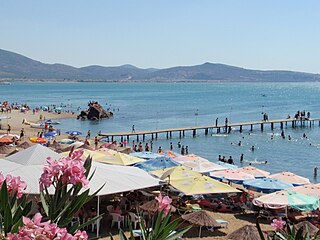
Burhaniye is a municipality and district of Balıkesir Province, Turkey. Its area is 420 km2, and its population is 64,283 (2022). It is located on the Aegean coast and is known for its olive oil. Balıkesir Koca Seyit Airport is ten minutes away by car. Burhaniye has a port and a museum of archeology. A museum for the Turkish National Movement was inaugurated in 2008 under the name Burhaniye Kuvay-ı Milliye Müzesi.
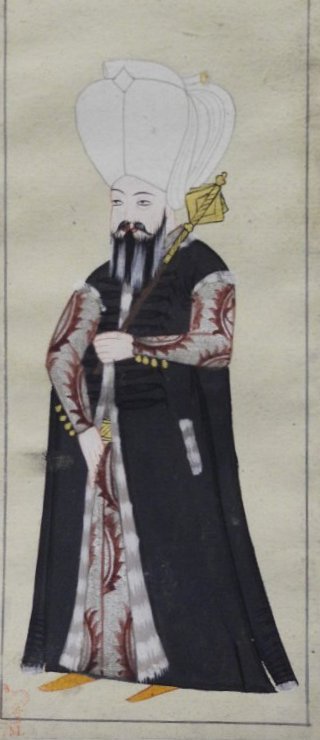
Çavuş, also anglicized Chaush and Chiaus was an Ottoman title used for two separate soldier professions, both acting as messengers although differing in levels. It was a rank below agha and kethüda, in units such as the Janissaries and Sipahi, and was also a term for members of the specialized unit of çavuşān consisting of combined cavalry and infantry serving the Imperial Council. The leaders of the council's çavuş were titled çavuşbaşı / چاوش باشی. The çavuşbaşı was an assistant to the Grand Vizier, dealing with security matters, accompanying ambassadors visiting the Grand Vizier, and also carried out the first examination of petitions submitted to the council, and led council meetings when the Grand Vizier was not present. The title has its origin in Uyghur use, where it was the title of ambassadors, and then entered Seljuq use for Byzantine imperial messengers, and Persian and Arabic use for various court attendants.

March fracture is the fracture of the distal third of one of the metatarsals occurring because of recurrent stress. It is more common in soldiers, but also occurs in hikers, organists, and people whose duties entail much standing. March fractures most commonly occur in the second and third metatarsal bones of the foot. It is a common cause of foot pain, especially when people suddenly increase their activities.

Zonza is a commune in the Corse-du-Sud department of France on the island of Corsica.
A foot deformity is a disorder of the foot that can be congenital or acquired.
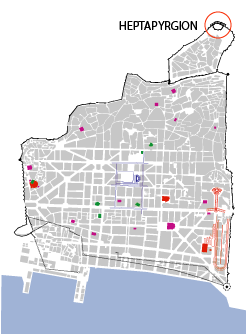
The Heptapyrgion, modern Eptapyrgio, also popularly known by its Ottoman Turkish name Yedi Kule, is a Byzantine and Ottoman-era fortress situated on the north-eastern corner of the Acropolis of Thessaloniki in Greece. Despite its name, which in both languages means "Fortress of Seven Towers", it features ten, and was probably named after the Yedikule Fortress in Constantinople. It served as the major redoubt of the city's acropolis, as well as the seat of its garrison commander in Ottoman times, until the late 19th century. It was then converted to a prison, which remained open until 1989. References to the infamous Yedi Kule prison abound in the Greek rebetika songs. Restoration and archaeological work began in the 1970s and continues to this day.
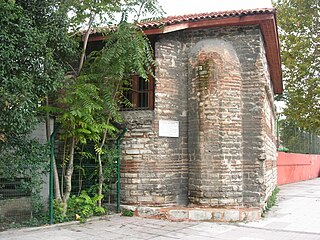
Manastır Mosque is a former Eastern Orthodox church converted into a mosque by the Ottomans. Neither archeological excavations nor medieval sources have made it possible to find a satisfactory answer as to its original dedication as a church. It is however possible that the small building was part of the Byzantine monastery dedicated to the Holy Martyrs Menodora, Metrodora, and Nymphodora, or an annex of the nunnery of Kyra Martha. The edifice is a minor example of Byzantine architecture in Constantinople, and is important for historical reasons.
İncili Çavuş or Mustafa Çavuş was a figure of comic wisdom during the Ottoman era. He may possibly have been a real person.
CAVU can mean:
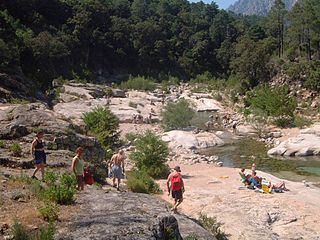
The Cavu or rivière de Cavu, is a short river in the Corse-du-Sud department of Corsica which discharges into the Tyrrhenian Sea, and the Mediterranean Sea. In 2014 the Cavu became the first place of re-emerging schistosomiasis in Europe. As of 2016 120 people have become infected after bathing in it.

Hyperboreae Undae is one of the largest and densest dune fields of Planum Boreum, the Martian North Pole. It is named after one of the classical albedo features on Mars. Its name was officially approved by IAU in 1988. It extends from latitude 77.12°N to 82.8°N and from longitude 302.92°E to 316.02°E. Its centre is at latitude 79.96°N, longitude 49.49°W, and has a diameter of 463.65 kilometres (288.10 mi).
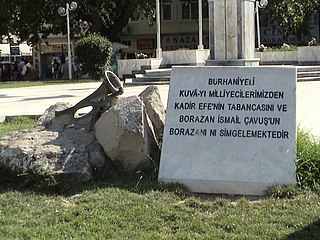
Borazan İsmail Çavuş (1893–1972) was a Turkish war hero from Balıkesir. He is known for playing the Bugle which played a part when he, as a volunteer, defended the city of Burhaniye against Greek forces on the western front of the Turkish War of Independence, also known as the Greco-Turkish War (1919–1922). He played an instrumental part in the defense of the coastal town against a large retreating Greek occupational force that was burning and destroying as they retreated.
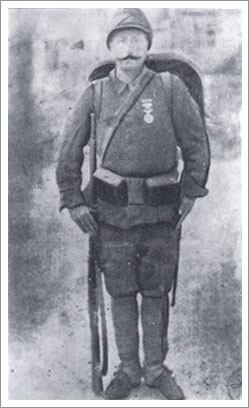
Bigalı Mehmet Çavuş, was an Ottoman Army sergeant, who fought during the Gallipoli Campaign of World War I. He is remembered as a hero, and is considered to be the eponym of the common name "Mehmetçik" used for a Turkish soldier.
Çavuş, is a white prolific Turkish grape variety which is grown especially in Bozcaada-Çanakkale, Marmara Region and Central Anatolia Region.
CAPOS syndrome is a rare genetic neurological disorder which is characterized by abnormalities of the feet, eyes and brain which affect their normal function. These symptoms occur episodically when a fever-related infection is present within the body. The name is an acronym for "cerebellar ataxia, areflexia, pes cavus, optic atrophy, and sensorineural hearing loss".
References
- 1 2 3 "Adlivun Cavus". Gazetteer of Planetary Nomenclature. USGS Astrogeology Research Program. (Center Latitude: -15.40°, Center Longitude: 188.86°)
- ↑ Franz Boaz (1888) "The Central Eskimo", in Annual Report of the Bureau of Ethnology. Smithsonian Institution, Washington.

